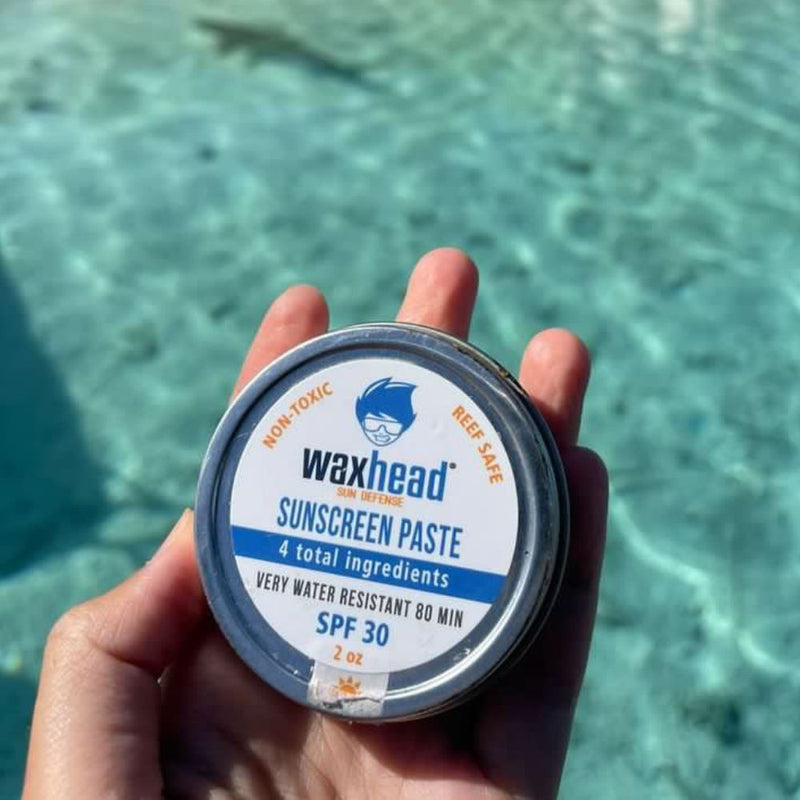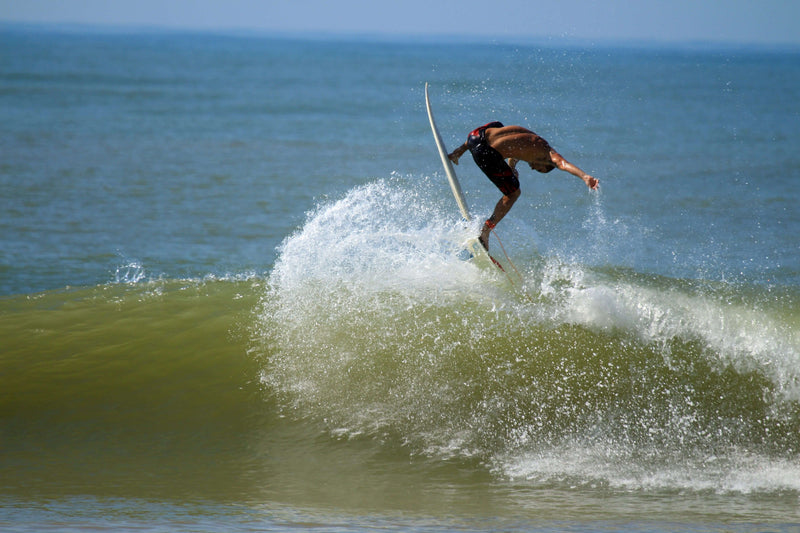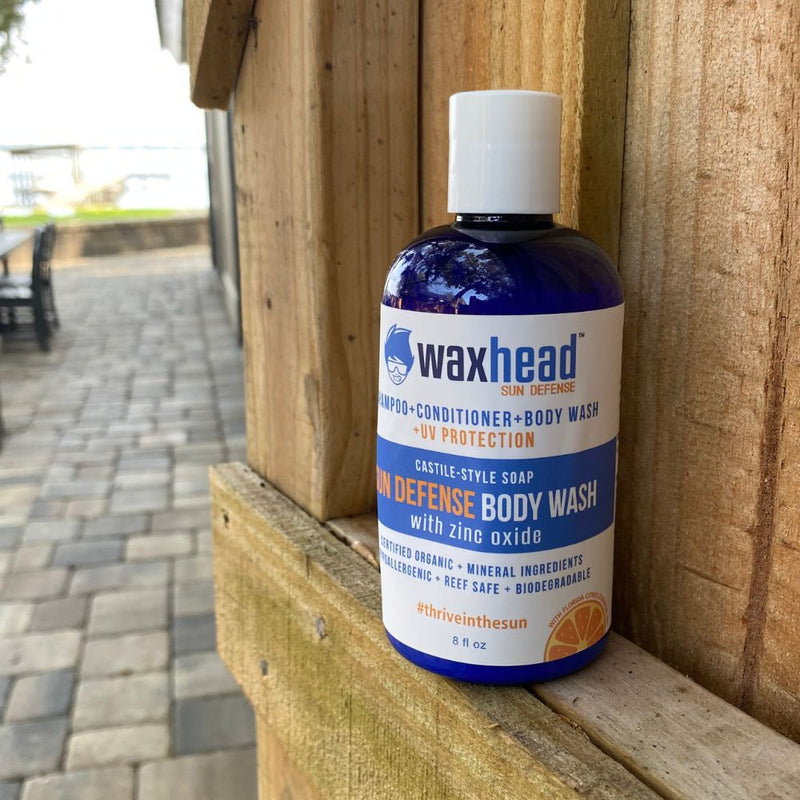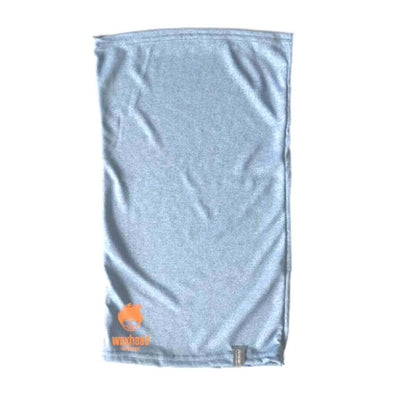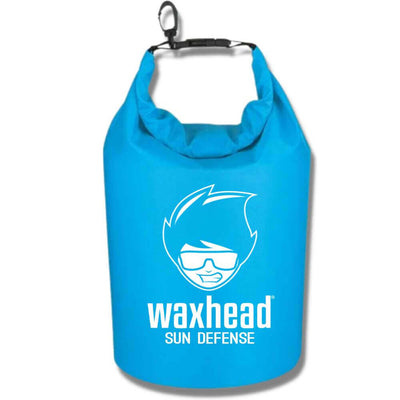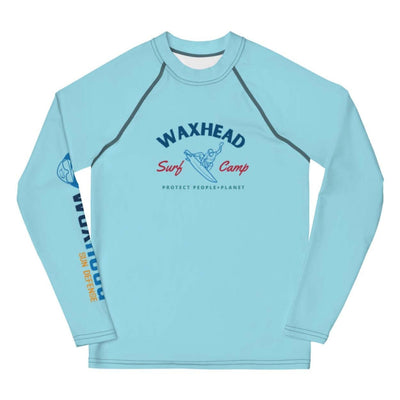Ensuring Compliance and Sun Safety
Sun protection is crucial to child safety, especially for preschool-aged children who spend time outdoors. Prolonged sun exposure can lead to immediate and long-term skin damage, making sunscreen application an essential practice in childcare settings. To ensure compliance with regulations and transparency with parents, preschools should implement a Preschool Sunscreen Permission Form as part of their health and safety policies.
Why a Preschool Sunscreen Permission Form is Essential
A Preschool Sunscreen Permission Form serves multiple purposes in early childhood education settings:
Liability Protection: Ensures preschools and staff are legally covered when applying or not applying sunscreen based on parental consent.
Regulatory Compliance: Many states have specific regulations governing sunscreen use in childcare facilities. A permission form helps preschools adhere to these laws.
Clear Communication with Parents: The form sets expectations regarding sun protection practices, ensuring parents understand how their child will be protected from harmful UV rays.
Understanding the Preschool Sunscreen Permission Form
A Preschool Sunscreen Permission Form allows parents to authorize or decline the application of sunscreen to their child during preschool hours. Schools and daycare centers require this form to protect both the child's health and the institution from liability.
Common Elements in the Form:
Parent/Guardian Consent – Parents must explicitly approve or decline sunscreen application for their child.
Approved Sunscreen Brands/Types – Some preschools provide a specific sunscreen, while others allow parents to send their own.
Application Instructions and Frequency – The form should outline when and how often sunscreen will be applied (e.g., before outdoor play, every two hours, or as needed).
Allergy Considerations – Parents should have the option to list any known allergies or sensitivities to sunscreen ingredients.
Guidelines for Choosing the Right Sunscreen
Selecting the right sunscreen for young children is critical to ensuring their safety and minimizing potential skin reactions. Preschools should encourage the use of high-quality, non-toxic sunscreens.
Key Factors to Consider:
Broad-Spectrum Protection – Ensures defense against UVA and UVB rays, preventing sunburn and long-term skin damage.
Recommended SPF Levels – The American Academy of Dermatology recommends SPF 30 for children.
Non-Toxic, Zinc Oxide-Based Formulas – Mineral-based sunscreens with non-nano zinc oxide are safest for young skin. These formulas sit on top of the skin rather than being absorbed, providing a physical barrier against UV rays. Look for food-safe, non-nano zinc oxide sunscreen to ensure the highest level of safety for young children.
Avoiding Harmful Ingredients – Sunscreens containing oxybenzone, parabens, synthetic fragrances, and other potential irritants should be avoided, as they can disrupt hormones, cause allergic reactions, and lead to skin sensitivities.
The Downsides of Chemical Sunscreens
Chemical sunscreens, which contain ingredients like oxybenzone and octinoxate, pose several risks for preschoolers:
Skin Sensitivity and Allergies – Many chemical sunscreens contain harsh ingredients that can trigger rashes and skin irritation, particularly in children with sensitive skin.
Absorption into the Body – Unlike mineral sunscreens, chemical sunscreens are absorbed into the skin and bloodstream, raising concerns about long-term exposure to potentially harmful substances.
Staining Clothes and Outdoor Equipment – Chemical-based sunscreens often leave yellow or greasy stains on clothing, hats, and even playground equipment, making them impractical for use in a preschool setting.
Environmental Impact – Many chemical sunscreen ingredients have been linked to coral reef damage and water pollution, making them an unsustainable choice for schools that promote environmental responsibility.
Best Practices for Sunscreen Application in Preschools
To maximize sun protection and ensure consistency, preschools should establish clear guidelines for sunscreen application.
Sunscreen Application Guidelines:
When to Apply: Sunscreen should be applied before outdoor activities and reapplied every two hours or after water play.
How Staff Should Apply Sunscreen: Staff should follow proper hygiene practices, using clean hands or applicators when applying sunscreen to children.
Ensuring Consistency: Teachers and caregivers should document sunscreen applications to track reapplications and ensure compliance.
Additional Sun Protection Measures: Along with sunscreen, preschools should encourage children to wear hats, seek shade, and use UPF-rated clothing for added protection.
Legal Considerations and Compliance
Preschools must stay informed about state regulations regarding sunscreen application in childcare settings. Some states classify sunscreen as an over-the-counter medication, requiring parental consent and proper documentation. Schools should:
Maintain Signed Permission Forms on File – Keep records for legal protection and compliance audits.
Regularly Update Policies – Stay updated on changing regulations and adjust policies accordingly.
Communicate with Parents – Clearly explain sunscreen policies during enrollment and seasonal meetings.
Conclusion
A Preschool Sunscreen Permission Form protects young children from harmful UV exposure while ensuring compliance with regulations and reducing liability risks. By choosing safe, non-nano zinc oxide sunscreens and implementing best practices in sunscreen selection and application, preschools can create a sun-conscious environment that prioritizes the health and well-being of their students.




















